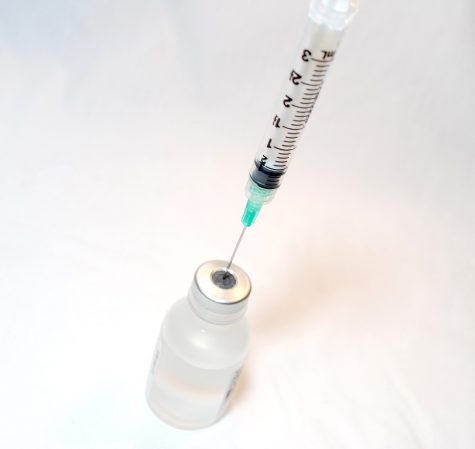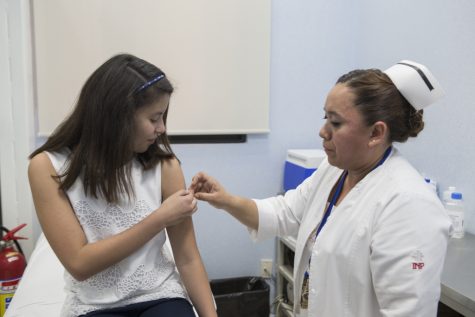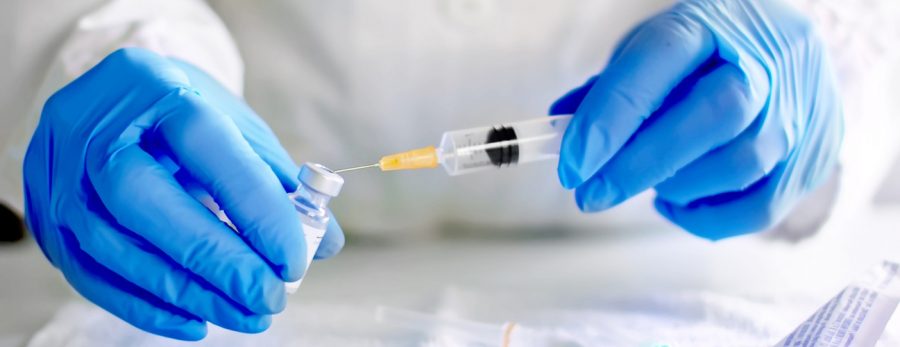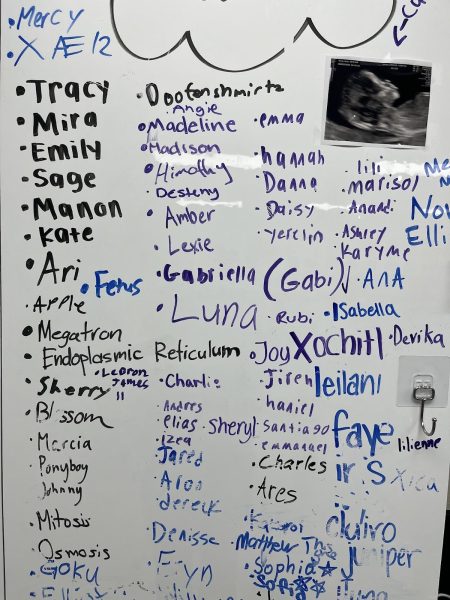Differences Between the COVID Vaccines
Starting in March 2020, COVID-19 was known to be the first modern world wide pandemic; there are three main authorized COVID-19 vaccines that are currently offered to the public in the US. These three vaccines include the Pfizer-BioNTech vaccine, the Moderna vaccine, and the Jassen/Johnson & Johnson vaccine.
COVID-19 was first originated in bats, stated experts, and then shown to spread to humans as a disease. The main ways of spreading COVID-19 is by having physical contact within a surface contaminated by the virus and then touching your own mouth, nose, or possibly your eyes. And as time processed so have the amount of covid cases world wide. Scientists all around the world were conducted to develop a successful COVID-19 vaccine and as of Monday, December 14, 2020, the United States received their first dose of vaccine. Right now, 149 million people in the United States and 454 million people in the world have been fully vaccinated against COVID-19.
According to CDC, Myths and Facts about COVID-19 Vaccines, the main common purpose that all three COVID-19 vaccines have in common is to, “teach our immune systems how to recognize and fight the virus that causes COVID-19.”

Most of the vaccines are based around MRNA. These vaccines removes the mRNA (or messenger RNA for those who have forgotten Ms. Banh’s class) from COVID and introduces it into a person’s body. It does not contain any of the COVID illness, which makes it very safe, according to the CDC. But the body still does not recognize the mRNA so it attacks it meaning that some possible side effects are headaches, fevers, pain, redness, muscle pain, joint pain, chills, nausea, or vomiting.
Although the COVID-19 vaccines seem very alike there are some differences upon them, such as the age required for the specific vaccine, the amount of doses needed, or the percentage of effectiveness.
The Pfizer-BioNTech COVID-19 Vaccine
The Pfizer-BioNTech vaccine is the only COVID-19 vaccine accessible to the younger group of people, the age requirement for this vaccine is for anyone twelve years of age or older. However, such as the other two vaccines, this vaccine has the same benefit towards fighting the virus.
The Pfizer-BioNTech vaccine requires two shots, 21 days apart, for the full 95% effectiveness within preventing symptomatic disease.
The Moderna COVID-19 Vaccine
The Moderna vaccine requires two doses, 21 days apart just like the Pfizer-BioNTech vaccine. However, with the Moderna vaccine the age requirement is 18 years of age or above. With this vaccine you receive 94% effectiveness after the second dose.

The Jassen/Johnson & Johnson COVID-19 Vaccine
Unlike the other COVID-19 vaccines, the Jassen/Johnson & Johnson vaccine only requires one dose with 66% effectiveness, however, two weeks after receiving the vaccination you are fully vaccinated. Just like the Moderna vaccine, the Jassen/Johnson & Johnson vaccine is accessible for people 18 years of age or above.
With 7.9 billion people all around the world, the release of the COVID-19 vaccines should help lower and prevent the amount of death and cases due to the disease. And as more and more countries all around the world begin receiving the vaccinations of covid, the lower of a chance it should be of getting contaminated and spreading the disease.
The last pandemic was the Spanish Flu which took place in 1920, over 100 years ago! As the biggest pandemic in our generation’s history, the COVID-19 pandemic will definitely go down in history.
Your donation will support the student journalists of Mt. SAC Early College Academy. Your contribution will allow us to purchase equipment and cover our annual website hosting costs.







